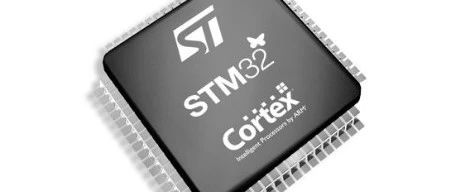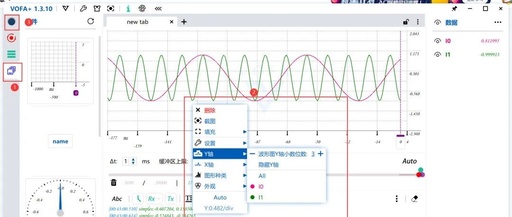How to Calculate CRC Values in IAR and KEIL
Introduction More and more products on the market have safety requirements regarding their use. How to avoid danger to operators during use or reduce the probability of such dangers occurring is a key consideration for product safety. In this regard, related products need to pass safety certifications from relevant industries before they can be produced … Read more









